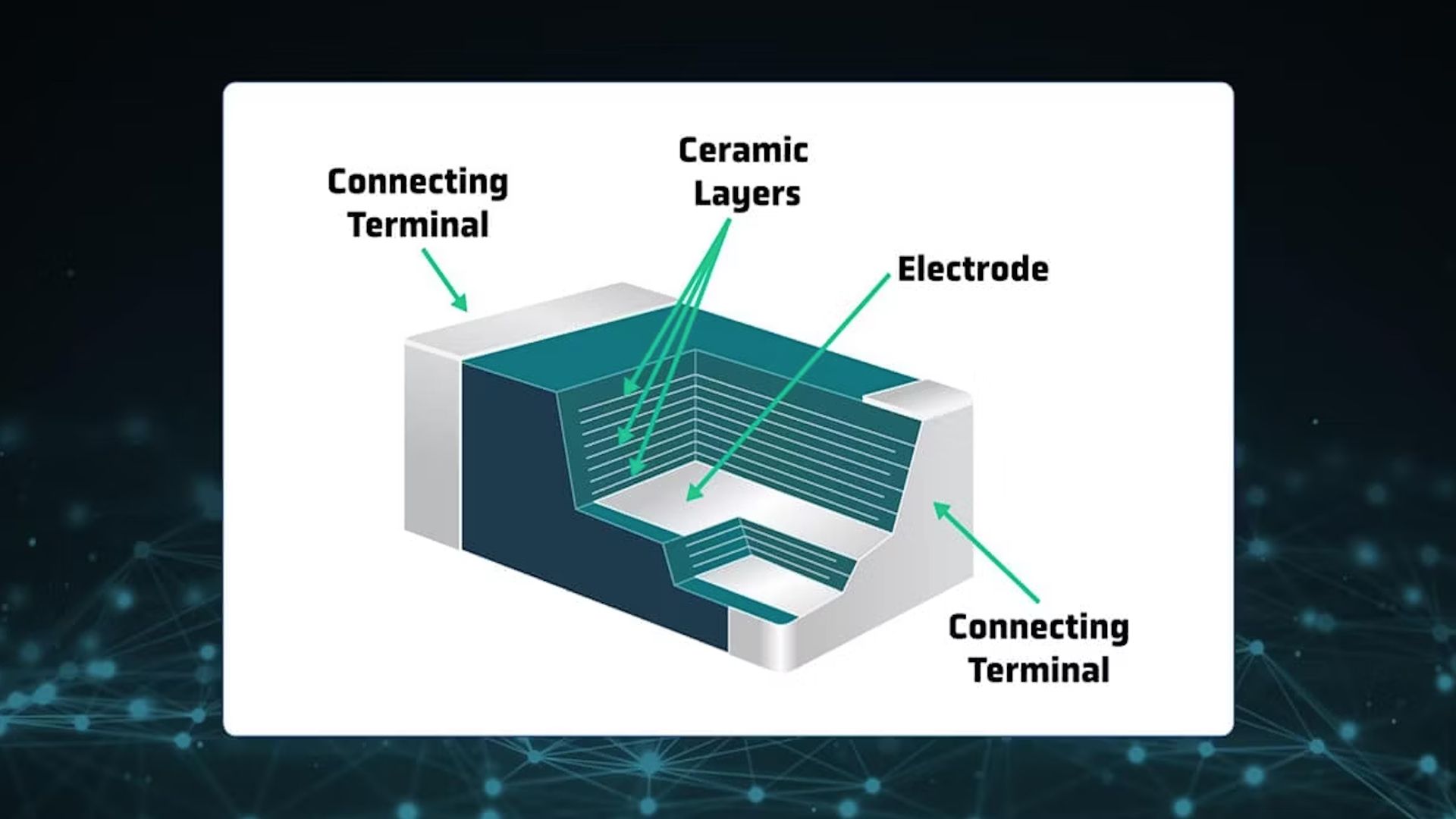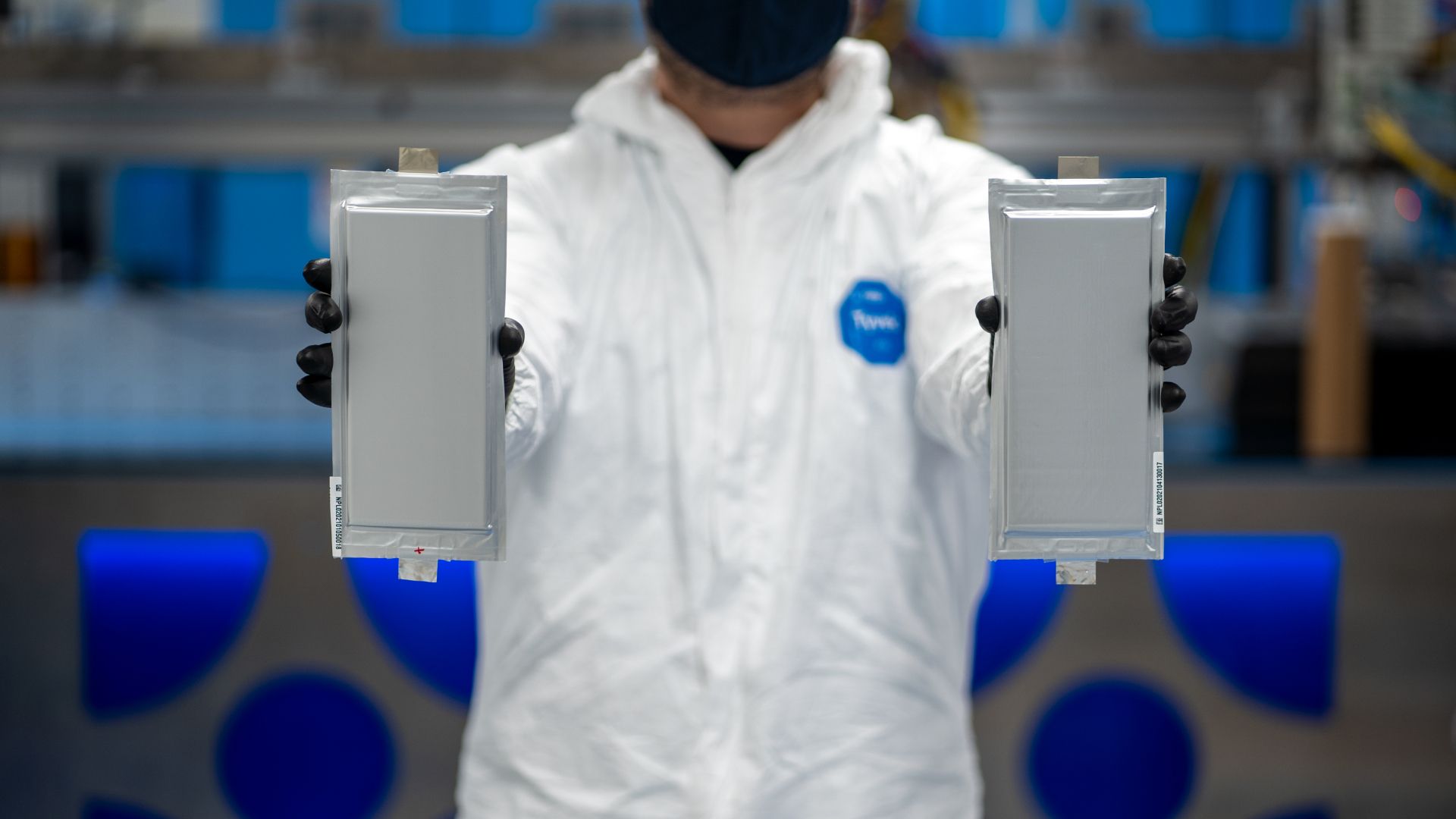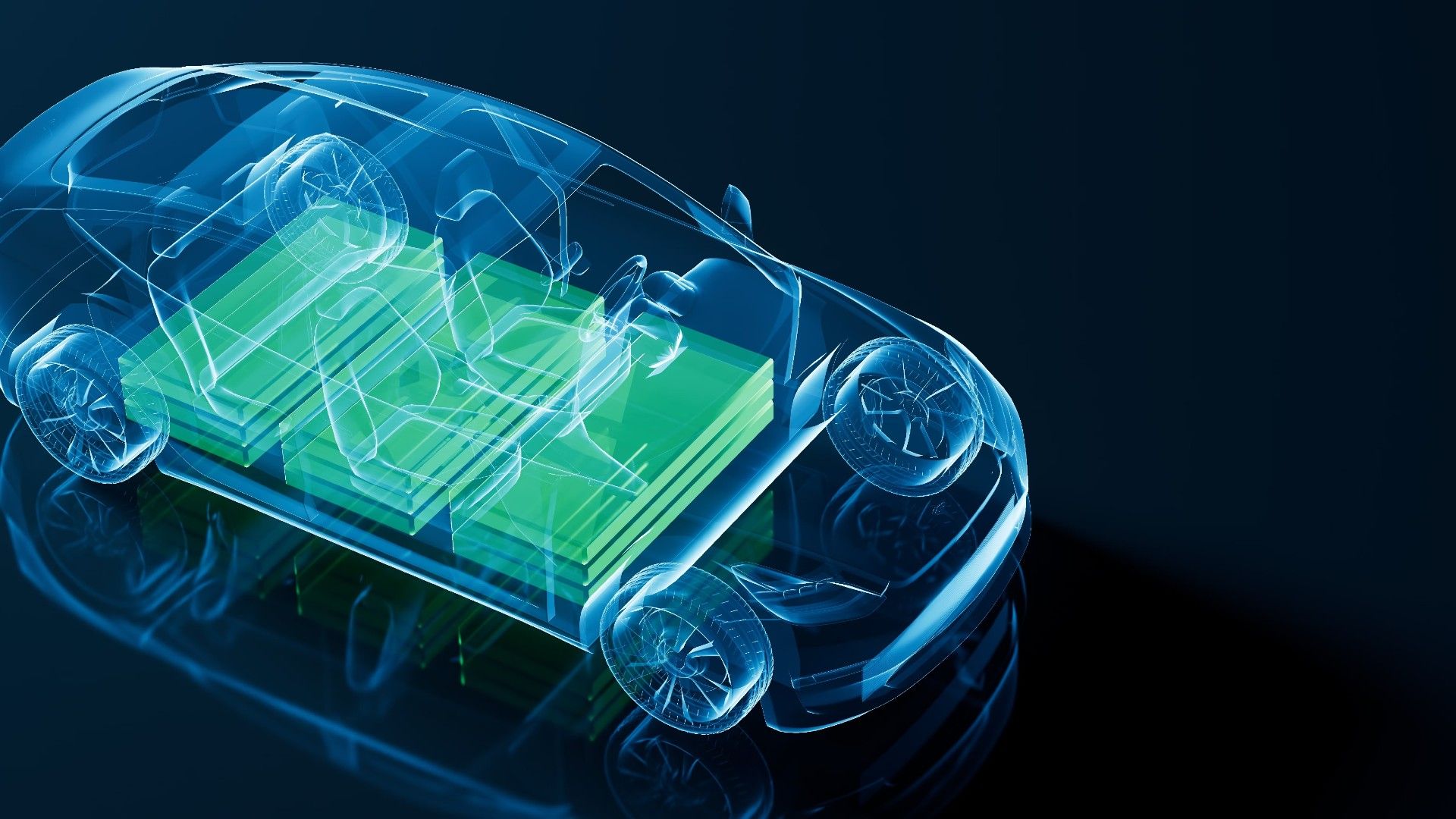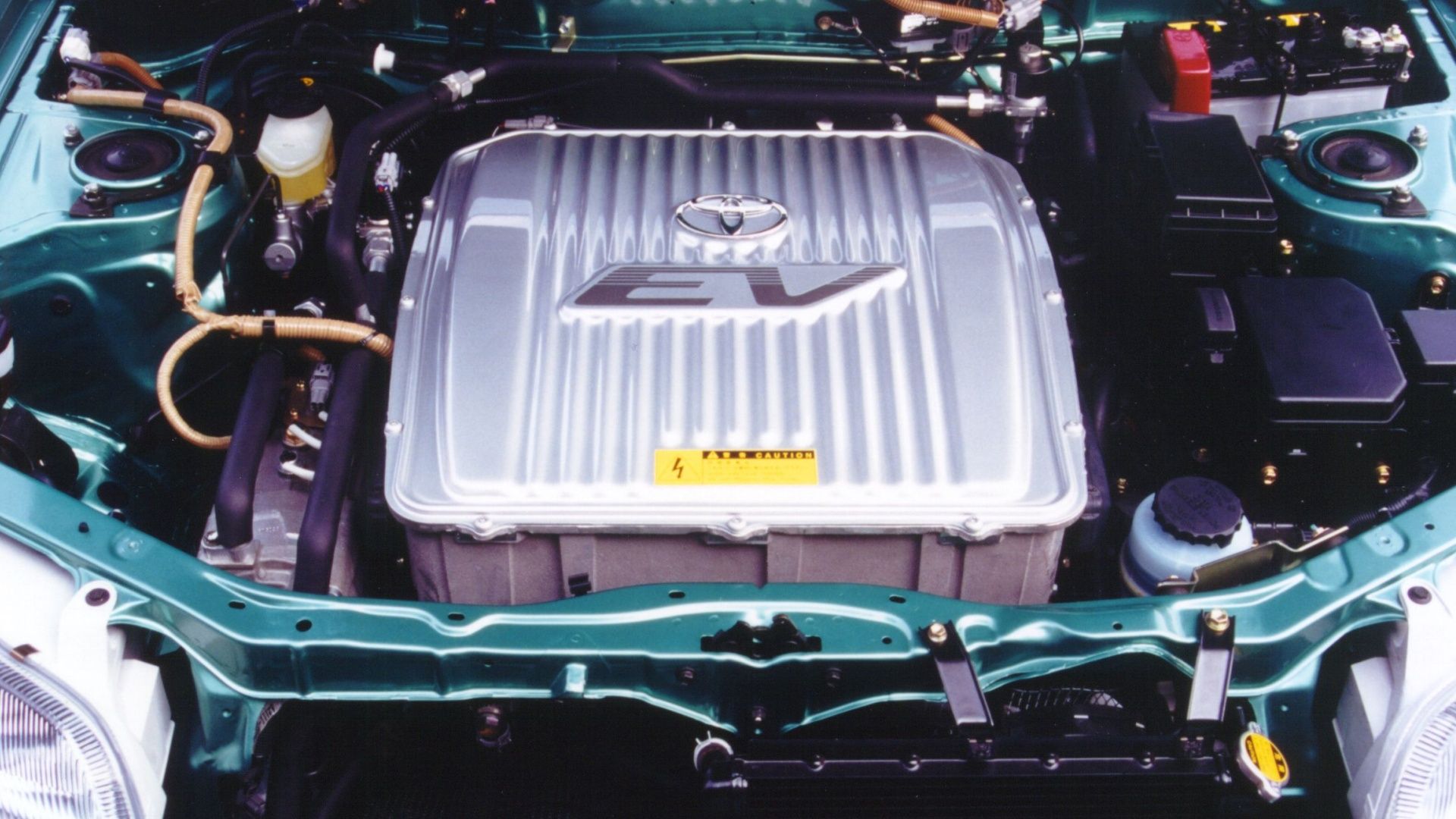Solid-state batteries have grabbed the EV industry by the funds. It seems like every week, yet another automaker has entered into a partnership with a battery manufacturer that no one had heard of before.
If one believes the industry hype, solid-state batteries will eliminate every problem with EVs today. They can supposedly hold twice the charge in half the weight. Fast charging won’t wear them down. In theory, solid-state batteries will finally make the average EV ready for a long road trip over desolate roads that take the driver hundreds of miles away from the next charging station. For those who didn’t take several doctorate-level courses in physics and battery chemistry, let’s take a look at just what solid-state batteries are.
In order to give you the most up-to-date and accurate information possible, the data used to compile this article was sourced from various manufacturer websites and other authoritative sources.
What Are Solid-State Batteries?
Solid-state batteries (or SSBs or ASSBs- the “A” stands for “all-solid-state”) are simply batteries that use a solid electrolyte. Stepping back further, the “electrolyte” of a battery is the compound that stores the energy. With other, non-solid state types of batteries, the electrolyte is a liquid or a paste. Solid-state batteries are a very old technology, but until recently they were always very small. They frequently appear in things like hearing aids and pacemakers, but never something as large as an EV. Manufacturing smaller-than-button-size solid-state batteries is relatively straightforward. However, a lot of pesky physics problems get in the way of making a car-sized SSB.
It’s All About Energy Density
A battery’s energy density, to put it simply, is how much energy it can store in any given size. The concept of “energy density” goes beyond batteries. For example, gasoline has a much higher energy density than wood or coal, which is one of the biggest reasons that internal combustion superseded steam-powered cars. One would require several hundred pounds of coal and corncobs to get the same driving range as a full tank of gasoline.
Solid-state batteries have a much higher energy density than lithium-ion batteries. The precise difference depends on the chemistry within any two batteries, but SSBs can have anywhere from twice to four times the energy density of lithium-ion. In other words, one could get a lithium-ion battery can provide the same driving range as a solid-state battery half its size (or less).
Are Semi-Solid State Batteries A Possible Compromise?
Semi-solid state batteries contain a mixture of solid and liquid electrolytes— like little grains suspended in goo. The relative merits of semi-solid state and all-solid state batteries can be debated, but semi-solid state batteries have one massive advantage: they are already ready to go into cars. Semi-solid state batteries are already on dealer lots, but all-solid state batteries still haven’t made it out of the testing lab.
In a spectacular PR feat, Chinese EV manufacturer Nio debuted its semi-solid state battery by installing it into a car and driving it 649 miles on a single charge. The CEO personally took the wheel for the journey, which was livestreamed from beginning to end. The company has since made cars with semi-SSBs available to customers, though nobody can buy one yet. Semi-solid state batteries are currently lease-only.
Despite this success, no other EV manufacturer seems to be following Nio’s semi-solid state lead. Instead of adopting a long-range battery that has already been road-tested, everyone else in the industry has apparently decided it’s all solid-state or bust.

Related
Nio Becomes The First EV Maker To Bring Semi Solid-state Batteries To The Mass Market
Chinese vehicle maker Nio has just announced its solid-state EV batteries, and it will be equipped in the new ES6 SUV.
The Advantages Of Solid-State Batteries
Lithium-ion batteries were good enough to finally launch the EV industry after several decades of cars that never took off. Even legendary cars like General Motors’ EV1 had the range of an ICE car perpetually running on empty. Later EV attempts like
Toyota’s first electric RAV4
(sold from 2012 to 2014) barely managed 100 miles between charges. Tesla deserves a lot of credit for getting the public to actually purchase EVs instead of merely looking at them. Were it not for the development of car-sized lithium-ion batteries, even Tesla would probably be yet another small car company that never quite made it.
Solid-State Batteries Have More Energy Density And Faster Charging Times
Lithium-ion batteries finally gave EVs enough driving range to be useful, but they still can’t provide the same driving range as a full tank of gasoline— even in a non-hybrid car. Solid-state batteries can hold enough charge to finally rival ICE without taking up all the space in the car.
Solid-state batteries also weigh a lot less than lithium-ion batteries. While few people care about the curb weight of their cars, reducing battery weight gives automakers more leeway to add heavy options like extra-plush seats.
A Solid-State Battery Could Last As Long As The Rest Of The Car
At present, the battery is one of the most expensive parts of any EV. Indeed, the cost of battery replacement sends many EVs to the scrapyard long before the rest of the car has worn out. However, solid-state batteries look like they could last as long as the rest of the vehicle. Most notably, Volkswagen tested its solid-state battery by draining and recharging it 1,000 times. The battery still had 95-percent of its original charge capacity. If one assumes 500 miles per charge (which is quite pessimistic by solid-state standards), solid-state batteries could be good for the life of the car.
Of course, it’s worth noting that no outside agency has independently tested and verified any of these wild claims about lifespan or charge capacity. The only official word comes from the automakers themselves.
2:34

Related
Solid-State Batteries: What Nobody Is Telling You About Them
Solid state batteries could revolutionize the EV game and change electric vehicle range expectations everywhere.
The Current Status Of Solid-State Batteries
When Toyota first announced it attempt a solid-state battery, it seemed like a silly way to waste corporate funds. But these days, it is hard for an auto executive traveling through Silicon Valley to swing a moneybag without hitting some battery startup looking for a car partnership. While no one has actually gotten an SSB into production yet, multiple companies are frantically trying to get their solid-state batteries into production before Toyota does.

Add TopSpeed to your Google News feed.
Toyota Has Pursued Solid-State Batteries Longer Than Anyone Else
Toyota was the first company to get into solid-state development over a decade ago. Over the years, it has co-developed thousands of patents with electronics manufacturer Panasonic. It has also entered a long-term partnership with petroleum company Idemitsu. (Toyota intends to use byproducts from oil refining to produce solid electrolytes.)
However, Toyota’s history with solid-state batteries has become frustrating over the years. The company has repeatedly pushed its deployment date back a year or two at a time. For a while, its projected date was holding steady at 2027. However, Toyota has quietly changed it to “2027 or 2028.” Somewhat infamously, Toyota claimed it would demonstrate a prototype of its long-awaited “wonder battery” at the 2020 Tokyo Olympics. Despite getting a one-year extension when the pandemic pushed the Olympics to 2021, Toyota was absent without comment.
However, Toyota may finally put out an actual battery instead of yet another press release. The company is building an SSB factory in North Carolina. If it hasn’t figured out a way to mass-produce solid-state batteries, it sure is spending a lot of money trying to fake it.
Other SSBs In The Works
Solid-state fever has spread across the industry. At this point, it is almost faster to list which car companies aren’t working on one. Practically every big name in the industry has at least made some attempts to get in on SSBs.
Solid-state batteries have also brought on several unexpected alliances. Among the highlights: Ford and BMW have joint-invested in a battery company called Solid Power. Mercedes-Benz and Stellantis are in a similar sort of love triangle with a different battery company called Factorial Energy.
Samsung is perhaps the only electronics company getting into solid-state batteries
without signing a partnership deal with an automaker. Instead, it intends to sell its batteries like any other outside supplier.
Perhaps the biggest partnership in solid-state batteries comes from China. The China All-Solid-State Battery Collaborative Innovation Platform (or CASIP) is a consortium of some of the biggest companies in the Chinese EV business and various relevant government ministries. CASIP members include Nio (the company who has already brought semi-solid state batteries to market) and CATL (former Tesla battery supplier). China is currently the world’s biggest market for EVs, so this union brings together a lot of brains and a lot of money.
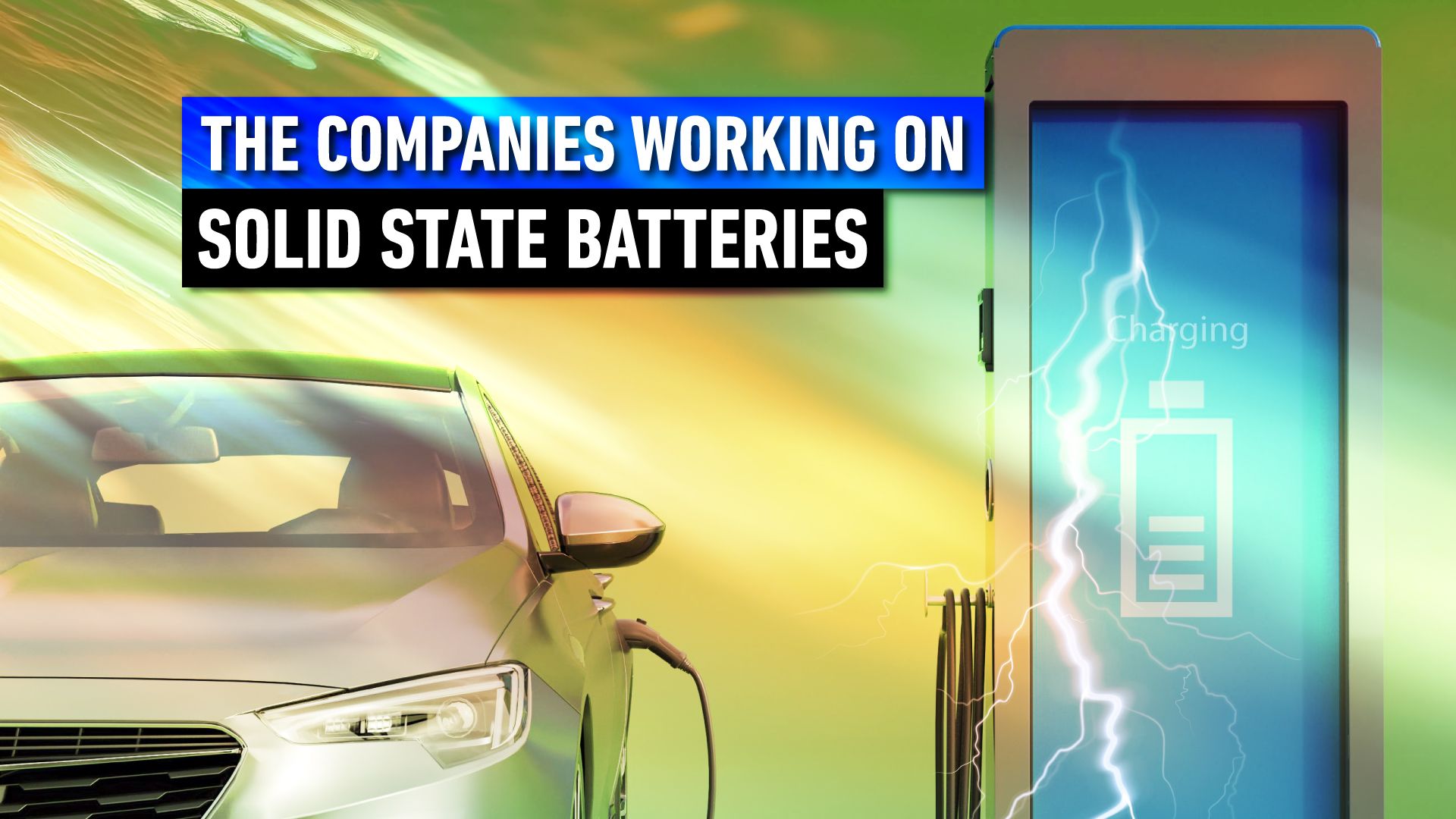
Related
15 Companies Relentlessly Working On Solid State Batteries
By making EVs more practical and efficient, solid-state batteries will reshape the future of sustainable energy.
Solid-State Batteries Could Finally Make EVs More Popular Than ICE
As TopSpeed’s own readers have shown, EVs’ short driving ranges keep people from buying them. EV ranges have gotten a lot better in the years since the EV1 went away, but nothing can beat an ICE car with a full tank (yet). Granted, current-generation EVs can already make it through a few days of errands and commutes on a single charge. However, current EV sales rates suggest that most people don’t want to add twice-weekly charging to their routines.
Solid-State Batteries May Be An Optional Upgrade
Even if all the industry’s partnerships and investments come to fruition, solid-state batteries will likely be more expensive than lithium-ion for a long time. Indeed, Samsung announced that it will only sell its solid-state batteries for use in luxury cars because of the cost.
This may mean that until economy of scale brings the price down (if it ever does), solid-state batteries could be an upcharged option in cars. This would be the first time car buyers could pay extra for extended range since the 1970s, when Lincoln offered an optional secondary fuel tank.
The Uncertain Future Of Solid-State Batteries
Multiple automakers have announced that they are either building factories, or at least have figured out how to mass-produce solid-state batteries. However, no one has actually bolted a solid-state battery into a car and driven it. Or at least, any such road testing has been kept secret. It’s hard to believe that so much industry money could be wasted on folly, but it has happened before. Solid-state batteries could become yet another technology that never worked out. (Even the Chrysler Turbine got to the production stage before sputtering out.) If solid-state batteries actually work, they could finally allow electric vehicles to supersede internal combustion.

